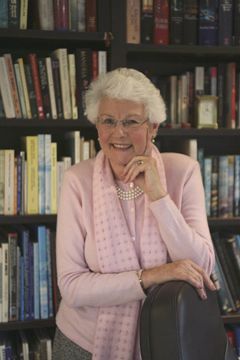New Zealand confirmed as one of five world heritage night sky reserve sites to go to Rio meeting next year
Thursday 12 November 2009, 7:46AM
2032 views

New Zealand has been accepted as one of five world heritage night sky reserve sites for the UNESCO world heritage meeting in Rio de Janeiro next year.
The Tekapo-Aoraki/Mt Cook night sky bid presented by former Cabinet minister Margaret Austin was unanimously supported by the UNESCO meeting in Santa Cruz, the Canaries, yesterday.
``I’m just overwhelmed our NZ bid was approved without exception here. We have got over the first hurdle and will be ready to push our case further to the World Heritage Committee at its 34th session in Rio next year. If we get through that, as we hope, we will then need government commitment to proceed to the final stage,’’ Austin said from Rome today.
``As chairman of the Tekapo-Aoraki/Mt cook bid, we want the public on board so they can see the massive global benefits of being recognised as a world night sky heritage park. I will be briefing ministers, the Prime Minister and conservation heads on my return.
``Two weeks ago I was uncertain of our bid. Today I am confident that the case will be cogently argued so we can persuade the World Heritage Committee to adopt our bid.’’
The other sites included in the thematic study for world heritage approval are from Austria, La Palma -Spain; Chile and Hawaii. Austin said she was determined to speed up the process for the NZ bid to be approved, possibly within two years.
The UNESCO meeting this week heard from Austin that Lake Tekapo was a superb site with clear dark skies, but it does not have a large telescope. The pristine dark southern sky at Mt John by Lake Tekapo has great views of the centre of the galaxy and the Magellanic clouds, sites unknown in Europe.
She told the conference Tekapo Aoraki/Mt Cook had exceptional unpolluted skies with very low light pollution because of the lighting ordinances which are nearly 30 years old. The University of Canterbury Observatory at Mt John is engaged in research and contributing to a worldwide network of astronomical endeavour.
Mt John above the Tekapo township is considered one of the most accessible observatories in the world. The observatory is home to six telescopes including the country's biggest telescope which measures 1.8m across and can observe 50 million stars each clear night.